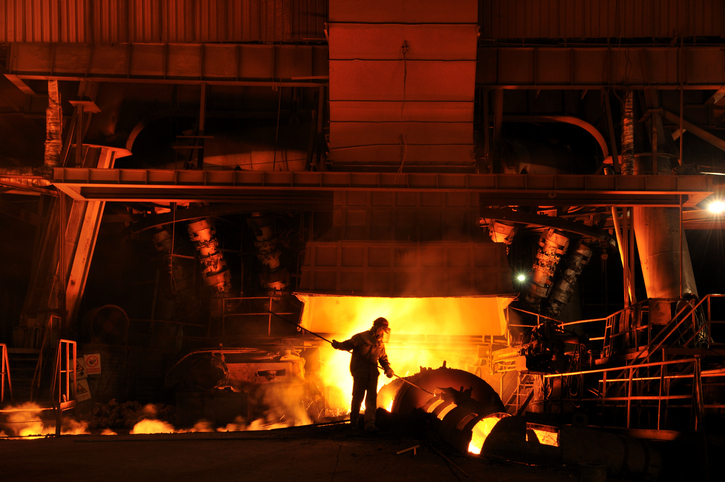
Keep them up until global overcapacity is addressed, industry groups say.
Four domestic steel manufacturing associations and the United Steelworkers (USW) union on Monday called on the incoming Biden administration to maintain steel tariffs and quotas first raised in 2018.
In a letter to President-elect Joe Biden, the group pointed out that the global economic slowdown caused by the COVID-19 pandemic has set back the recovery the tariffs and quotas created after the Trump administration raised them on national security grounds a few years ago. And while another recovery is beginning to take hold, lifting the tariffs now would cause domestic manufacturers to tank. That’s a lot of potentially lost business and, more importantly, lost jobs.
Last year, the (Organization for Economic Co-operation and Development, or OECD) projected that steel overcapacity would grow to 700 million metric tons in 2020 – eight times the total steel output of the United States last year. China, Vietnam and Turkey, among others, continue to increase their steel production even as the pandemic has caused demand for steel to drop around the world. Others, such as Korea, Russia, Ukraine and Indonesia, continue to export large and increasing shares of their steel production to other markets. … Removing or weakening of these measures before major steel producing countries eliminate their overcapacity and the subsidies and other trade-distorting policies that have fueled the steel crisis will only invite a new surge in imports with devastating effects to domestic steel producers and their workers.
We don’t yet have the official data for global steel production in 2020 because we are only 11 days into 2021. But the OECD’s steel committee did note that China’s steel industry didn’t slow down at all between January and August of last year; it sped up. Production was up 3.7 percent than during the same period in 2019.
Some of that can be explained because the coronavirus outbreak was relatively mild compared to the rest of the world. And some of that can be explained by the fact that China’s steel industry doesn’t respond to international market forces. It receives a lot of state direction, and even as it has undergone significant downsizing in recent years, it’s still absolutely massive. In 2000, China produced 128 million metric tons (MMT) of steel. In 2019, it made 996 MMT, accounting for more than half of all steel made in the world.
Anyway: In the meantime, the incoming Biden administration has pledged to assess and not immediately remove tariffs raised by the Trump administration, and that presumably includes the tariffs and quotas on imported steel. That’s good news, at least. This is an important industry, and it’s not in our national interest to let it get swamped by international competitors with the force of foreign governments at their backs.
For a little more context on why we maintaining the tariffs is a good idea, here’s a video on the subject we cranked out in 2019:
